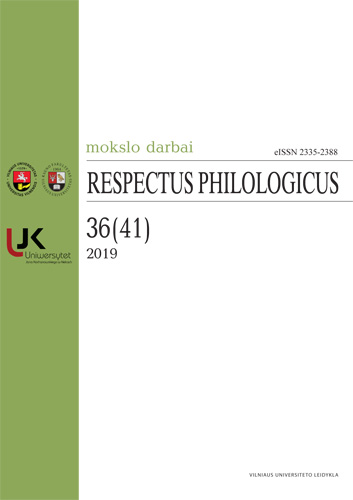Esperanto as an Auxiliary Language and a Possible Solution to the BRICS Language Dilemma: A Case Study
Esperanto as an Auxiliary Language and a Possible Solution to the BRICS Language Dilemma: A Case Study
Author(s): Byelongo Elisee IshelokeSubject(s): Theoretical Linguistics, Applied Linguistics, Evaluation research
Published by: Vilniaus Universiteto Leidykla
Keywords: BRICS; Esperanto; multilingualism; linguistic human rights; auxiliary language;
Summary/Abstract: Research demonstrates that there are over 6,000 languages in the world and countries believe that their national interest should come first, and in this case the national language(s) must be prioritized. However, it became imperative for people, let alone countries, to use a language they can understand for trade (economy) and socio-political or cultural relations. This raised a number of problems including the fact that colonial masters’ language was upheld to the detriment of their once “slaves” language which they called a dialect. With the advent of democracy and improvement in international bilateral and multilateral relations, linguistic rights were recognized as part and parcel of other human rights, and subsequently, a win-win approach became reasonably what countries would expect in international co-operation. Today the reality is that English serves as a lingua franca in trade and co-operation but this is to some extent abusive to people’s democratic and linguistic rights. The study is predominantly qualitative although a survey is also used to balance the findings. Further research is recommended in the future especially on the same or similar topics in any other BRICS country.
Journal: Respectus Philologicus
- Issue Year: 2019
- Issue No: 36(41)
- Page Range: 146-157
- Page Count: 12
- Language: English

